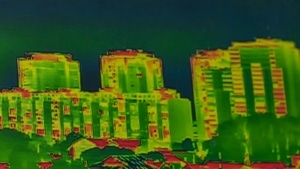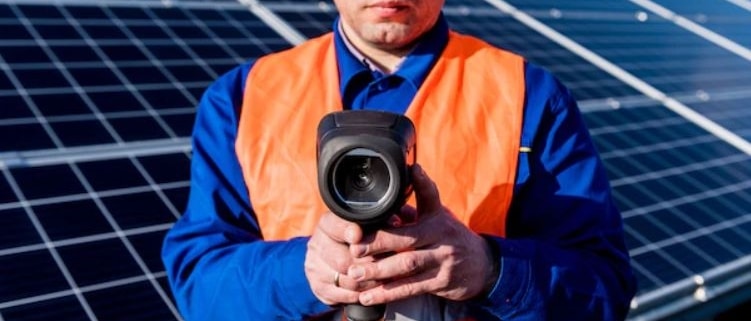Benefits of Using an Infrared Camera for Home Inspection Purposes
Home and property Inspectors are tasked with ensuring the safety and quality of various structures and systems. To do this, they must have access to the most advanced tools and technologies available. The infrared camera is one of the tools that have revolutionized the inspection process. Infrared cameras are highly versatile and are used in a wide range of industries, from building inspections to electrical maintenance. With this technology, inspectors can quickly and efficiently detect and identify problems that would otherwise be invisible to the naked eye. This, in turn, allows them to make well-informed decisions regarding the safety and quality of a structure with greater confidence and accuracy. In short, using an infrared camera for home inspection purposes has many benefits and is becoming more and more commonplace.
What are infrared cameras?
Infrared cameras are cameras that use infrared light to take pictures. Infrared light is electromagnetic radiation that is outside the visible light spectrum. Therefore, the human eye cannot see it. Infrared cameras combine the wavelengths of infrared light and a large-format digital camera to create images of extremely high quality in any situation that requires the detection of thermal energy. Thermal energy is the heat that is naturally emitted by everything around us. Infrared cameras can be used in any weather conditions, during the day or night.
How infrared cameras work
There are two main types of infrared cameras for use in inspection:
- thermal imaging cameras
- near-infrared cameras.
Thermal cameras use infrared light to create an image of a structure’s temperature. Near-infrared cameras produce images based on the amount of near-infrared light reflected by a structure. Since both types of cameras use infrared light that is not visible to the human eye, they “see” things that would not be visible otherwise. When an infrared camera points at a structure, the camera captures thermal energy. It then converts this thermal energy into a digital image of the structure. The temperature of a structure will affect how the camera interprets the image. For example, a hot surface will appear bright red in the image, whereas a cold surface will appear dark blue. This information allows inspectors to spot structural issues that might otherwise go unnoticed, including moisture intrusion, heat loss, and other problems.
Benefits of using infrared cameras
The benefits of using infrared cameras are numerous. For example, infrared cameras are extremely helpful in cold weather. Since infrared cameras measure a structure’s temperature, cold weather does not affect their accuracy. On the contrary, since cold temperatures will cause a structure to emit less thermal energy, infrared cameras are even more useful in cold weather. When combined with thermal mapping technology, infrared cameras can detect issues with a structure before they become visible to the naked eye. This can save time and money since the inspectors can identify potential problems before they result in costly repairs.
Applications of infrared cameras
Infrared cameras are often a part of building inspections. Buildings are complex structures containing many different systems, including HVAC, plumbing, and electrical systems. Inspecting these systems is often a time-consuming and challenging process that requires the use of advanced tools and technologies. This is where infrared cameras come into play. When combined with thermal mapping technology, infrared cameras are an extremely useful tool for inspecting each of these systems.
Advantages of using infrared cameras for inspections
Some of the key advantages of using infrared cameras for inspections include increased accuracy and productivity, reduction in time and costs, and the ability to detect hidden issues. For example, infrared cameras can help an inspector to accurately measure the temperature of a structure. They can then use this information to detect potential problems with the structure. In addition, infrared cameras can help an inspector detect issues below the surface of a structure. This includes issues with plumbing, electrical systems, and HVAC systems, which are often located below the surface of a building.
Your experienced Building Inspectors in Tampa Bay
It’s true: An infrared camera for home inspection purposes can have many benefits, which is also the case for various other pieces of sophisticated equipment in a building inspector’s tool kit. However, you also want (and need) to be able to trust in your inspector’s personal expertise, experience, reliability, and integrity! For all of these reasons: Contact us today to schedule your home or commercial property inspection!





Leave a Reply
Want to join the discussion?Feel free to contribute!